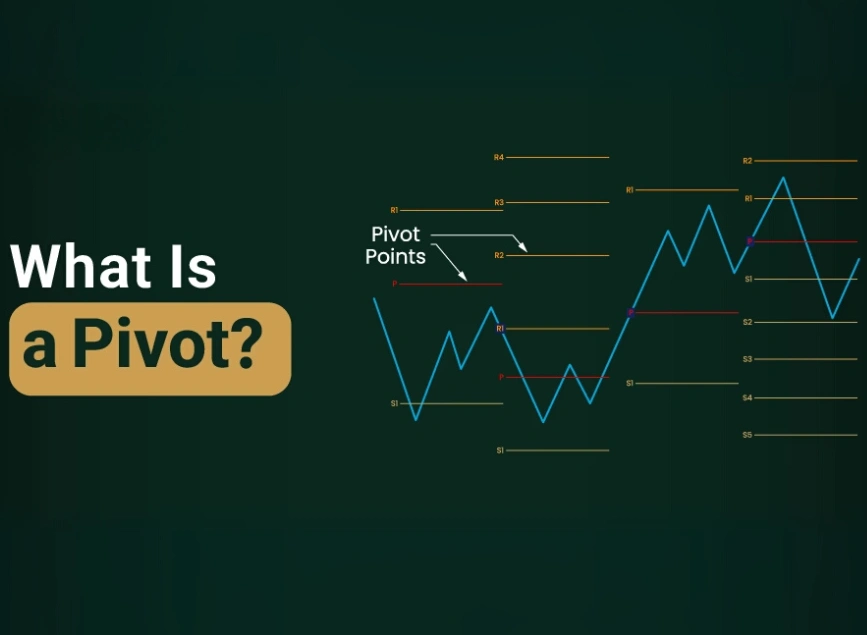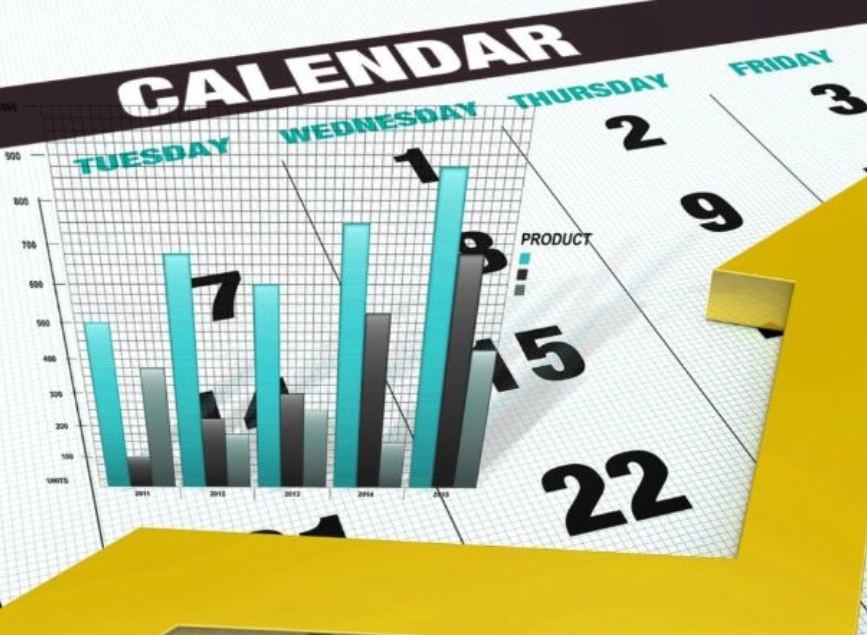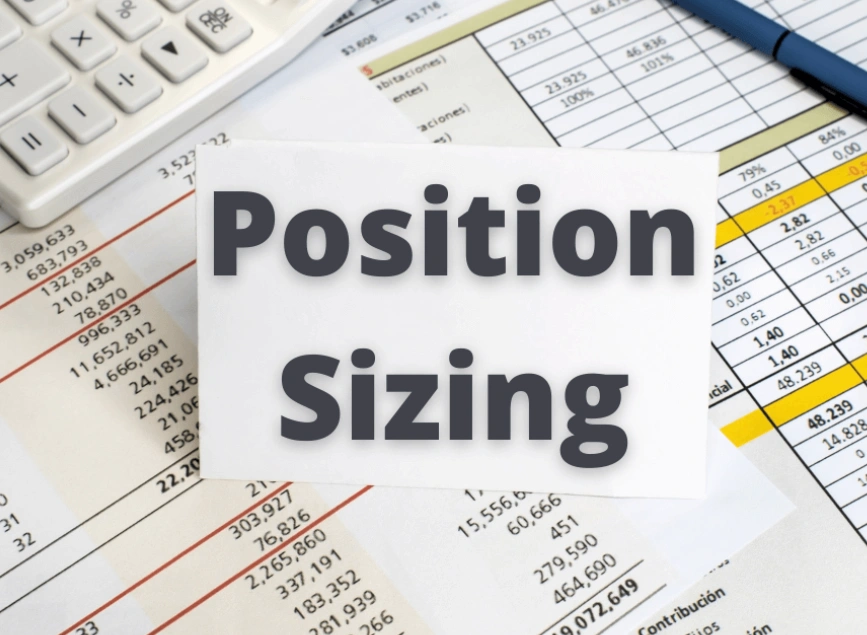
What is a Lot in Forex? A Complete Guide to Trade Volume
Estimated reading time: 4 minutes
Table of contents
In Forex trading, one of the fundamental concepts traders must grasp is the lot size—a measurement unit that defines trade volume. Understanding how to calculate and manage lot sizes is crucial for risk management and profitability. This guide will break down everything you need to know about lots, their types, and their impact on trading.
What is a Lot?
A lot in Forex represents the standardized trade volume of a currency pair. It determines how much currency is being bought or sold in a trade. Different lot sizes cater to different types of traders, from beginners to professionals.
Types of Lots in Forex
Forex trading offers four main types of lots, each suited for different levels of experience and capital availability.
1. Standard Lot
- Size: 100,000 units of the base currency
- Best for: Professional traders and large investors
2. Mini Lot
- Size: 10,000 units of the base currency
- Best for: Intermediate traders with smaller capital
3. Micro Lot
- Size: 1,000 units of the base currency
- Best for: Beginners and traders with small accounts
4. Nano Lot
- Size: 100 units of the base currency
- Best for: Testing new strategies with minimal risk
Read More: The Forex Market: A Comprehensive and Practical Guide
How to Calculate Lot Value in Forex
To calculate the total trade value, use the following formula:
Trade Value = Lot Size × Exchange Rate
For example, if a trader opens 1 standard lot (100,000 units) in EUR/USD at an exchange rate of 1.1000:
Trade Value = 100,000 × 1.1000 = 110,000 USD
Lot Size and Risk Management
Selecting the right lot size is crucial for effective risk management. Consider the following when choosing a lot size:
- Account Size: Trade within your capital limits
- Risk Tolerance: Higher lot sizes increase potential losses
- Leverage: Affects how much margin is needed per trade
High leverage amplifies both profits and losses, making risk control essential.
How Leverage Affects Lot Size
Leverage allows traders to control larger trade volumes with smaller capital. It is expressed as a ratio, such as 1:100 or 1:500.
Impact of Leverage on Lot Size
- Higher Trade Volume – Leverage enables trading bigger lots with less capital
- Lower Capital Requirement – Less upfront money is needed to open a position
- Higher Risk – Increased leverage magnifies both gains and losses
Example
If a trader has $1,000 in their account and uses 1:100 leverage, they can open a 1 standard lot (100,000 units) trade instead of being limited to just $1,000 worth of currency.
How to Use Leverage Wisely
- Beginners should use low leverage (1:10 or 1:20)
- Always set stop loss and take profit levels
- Ensure lot size aligns with your leverage and account balance
Read More: Understanding Take Profit: A Key Tool for Traders
Best Lot Sizes for Beginners
Beginners should start with micro lots (0.01 standard lot) to reduce risk and gradually increase trade volume as they gain experience.
Lot vs. Pip in Forex
A lot determines trade volume, while a pip measures price movement.
Formula for Pip Value
Pip Value = (Lot Size × Pip) / Exchange Rate
For example, if trading 1 standard lot in EUR/USD at 1.1000:
Pip Value = (100,000 × 0.0001) / 1.1000 = $9.09 per pip
How to Choose the Right Lot Size Based on Account Balance
Two key formulas help traders calculate lot size based on risk percentage and leverage.
1. Lot Size Based on Risk Percentage
This formula ensures traders risk only a set percentage of their account per trade.
Formula:
Lot Size = Account Balance × Risk Percentage × Stop Loss (Pips) × Pip Value
Example:
- Account balance: $10,000
- Risk: 2% per trade
- Stop loss: 50 pips
- Pip value: $10
Lot Size = 10,000 × 0.02 × 10 = 0.4 Lots
2. Lot Size Based on Leverage
Formula:
Lot Size = (Account Balance × Leverage) / Standard Lot Value
Example:
- Account balance: $5,000
- Leverage: 1:50
Lot Size = (5,000 × 50) / 100,000 = 2.5 Lots
Read More: Seven Essential ETF Trading Strategies for Beginners
Trading Strategies for Lot Size Management
Choosing the right lot size is key to balancing risk and reward. Below are some effective strategies.
1. Fixed Lot Size Strategy
- Uses the same lot size for every trade
- Simple but can be risky if not adjusted for account size
2. Variable Lot Size Strategy
- Adjusts lot size based on market conditions and account balance
3. Percentage Risk Model
- Risks a fixed percentage (e.g., 1%) of the account balance per trade
- Protects against large drawdowns
4. Martingale Strategy (High Risk)
- Doubles the lot size after each loss to recover losses
- Extremely risky and not recommended for beginners
5. Anti-Martingale Strategy
- Increases lot size after a win and decreases after a loss
- Helps preserve profits and control risk
Conclusion
Understanding lot size in Forex is essential for successful trading. The right lot size helps manage risk, control leverage, and maximize profitability.
Key Takeaways
- Beginners should start with micro or nano lots
- Use risk-based formulas to determine the optimal lot size
- Adjust lot size based on market conditions and trading strategy
A strong grasp of lot calculation and risk management will significantly improve your Forex trading journey.
Share
Hot topics

What Is a Forex Robot and How Does It Work?
If you hang out with traders, in person, online, on Telegram or YouTube, you’ve probably seen someone talking about “Forex bots” or trading robots that can do some of the...
Read more




Submit comment
Your email address will not be published. Required fields are marked *